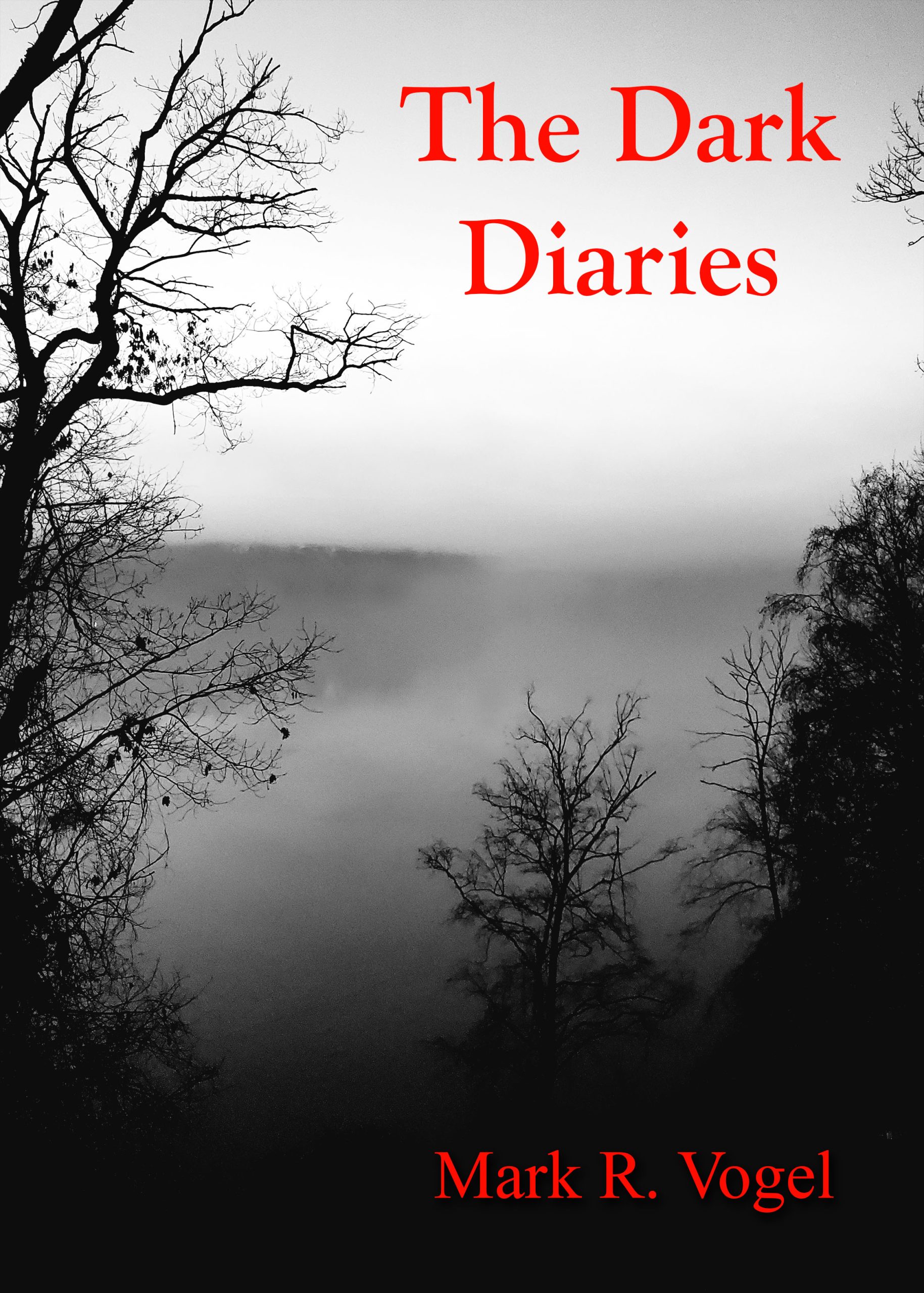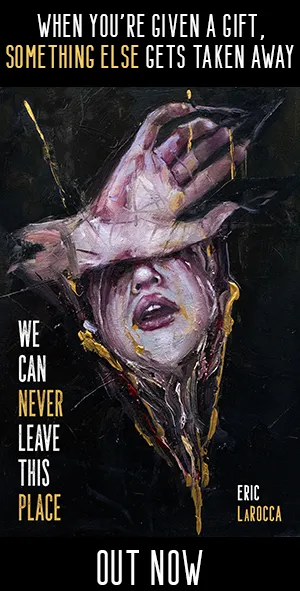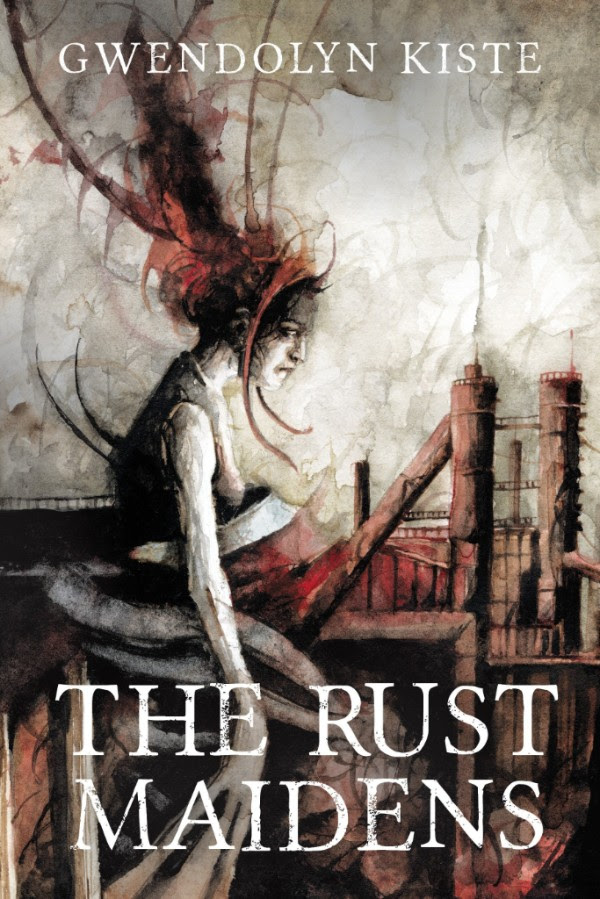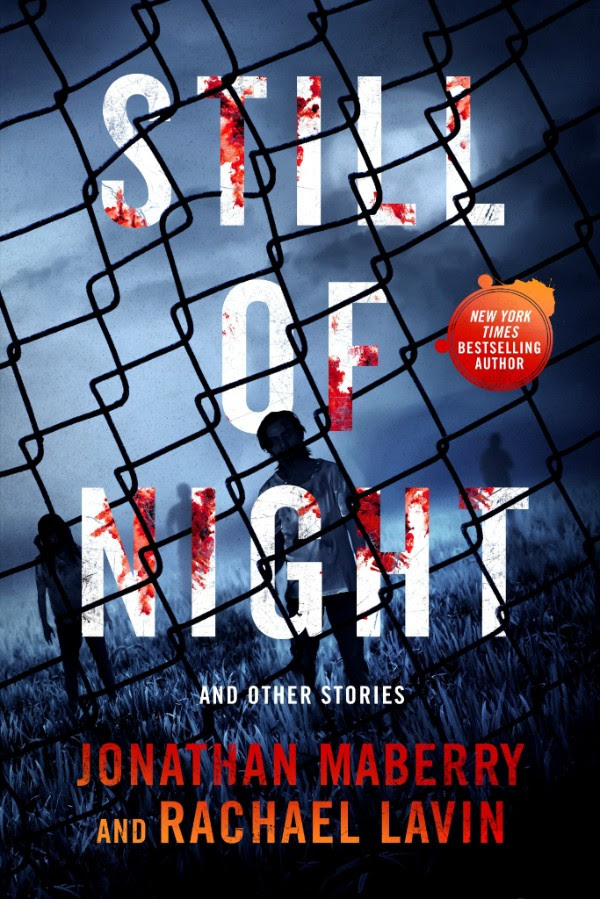 In the conversations that resulted from my previous post on the fix-up novel, several people seemed to confuse it and what’s known as a braided novel. What’s the difference? A braided novel follows multiple viewpoint characters, each of whom has his or her own story, and the stories interweave and converge at or near the climax of the book.
In the conversations that resulted from my previous post on the fix-up novel, several people seemed to confuse it and what’s known as a braided novel. What’s the difference? A braided novel follows multiple viewpoint characters, each of whom has his or her own story, and the stories interweave and converge at or near the climax of the book.
A braided novel could be a fix-up — Stephen King’s Hearts in Atlantis is arguably that sort of book — but I’ve read many that are not, and of course a fix-up could just involve the ongoing adventures of a single character.
Braided novels are probably quite familiar to people who read thrillers. One storyline might be from the antagonist’s perspective, and the others from the points of view of protagonists who are independently trying to investigate or work against the threat that the antagonist presents. Take, for example, Stephen King’s epic novel The Stand, which presents a large cast of characters with their own concerns and plots within the overall plot of the book; while some characters die mid-way through, many of their stories are completed at or near the end of the narrative. Braided narratives are also common in fantasy novels and literary novels.
I have seen some people confuse a braided narrative with a shared-world anthology in which multiple writers create separate stories around the same characters and settings.
The way to tell the difference, I think, is that while the storylines in a braided novel are initially all different (though often emerging from the same disaster or triggering event, as you find in The Stand), they do converge and add to the main plot arc once you reach the end of the book. Many (or all) of the individual stories are resolved along with the main plot at the end. If the self-contained stories only loosely connect and provide a mosaic view of a world and characters rather than an integrated overall plot, then to my eye that’s not a braided novel because it’s missing the strong core plot you generally expect in a novel. (Which isn’t to say that I think shared-world anthologies are lesser creations: I love them and they can be tremendous fun to write and read.)
- The Braided Novel - November 20, 2016
- Upside Down: Inverted Tropes in Storytelling - November 18, 2016
- You, Human - November 18, 2016
- A Horror Writer Pursues an MFA – Part 5 - November 2, 2016
- A Horror Writer Pursues an MFA – Part 4 - November 2, 2016
- A Horror Writer Pursues an MFA – Part 3 - November 2, 2016
- A Horror Writer Pursues an MFA – Part 2 - November 2, 2016
- A Horror Writer Pursues an MFA – Part 1 - November 2, 2016
- Jolly Fish Press is shutting down - October 23, 2016
- The Pox Party - October 16, 2016







